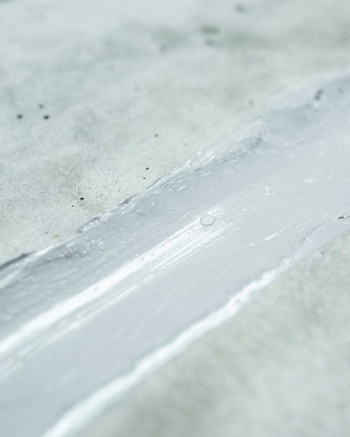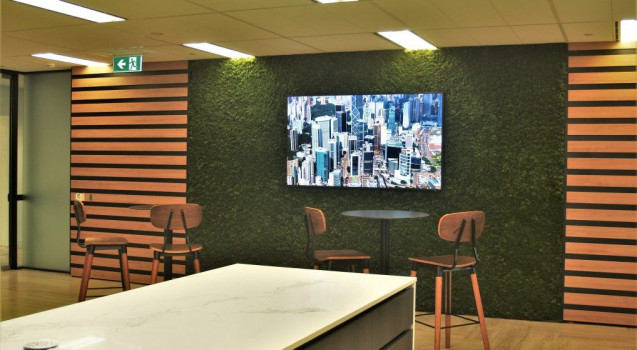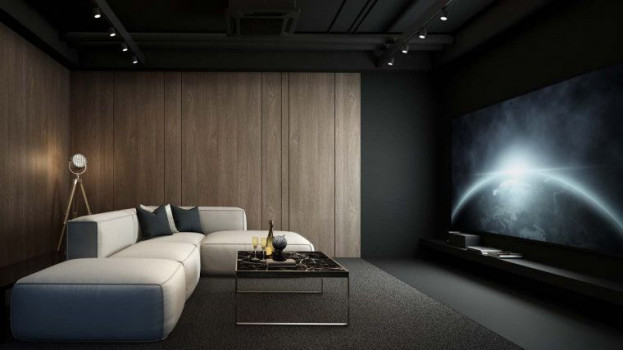Japandi Style: Everything you need to know!



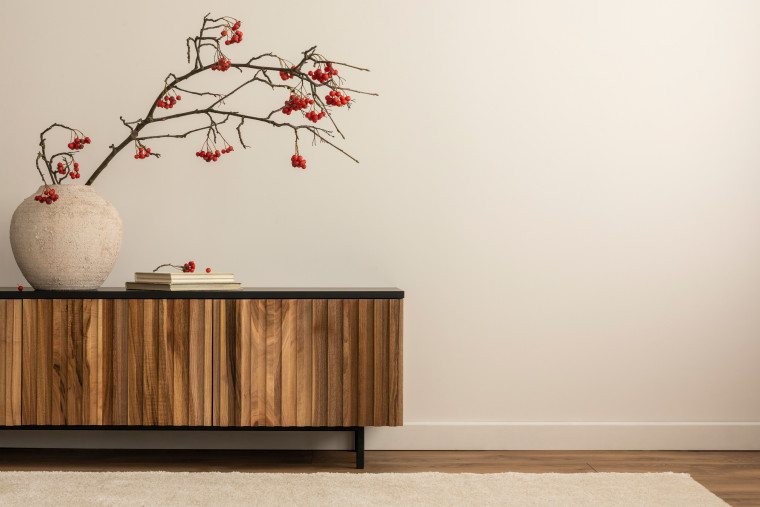
If you’ve been keeping up with the latest interior design trends, then you may have noticed a new fusion style that takes elements of Japanese and Scandinavian architecture. The hybridisation of these two distinct styles is known as ‘Japandi’ and it has become increasingly popular in modern homes. Characterized by an emphasis on natural materials like wood and stone, Japandi architecture provides an aesthetic balance between the minimalism of Scandinavia and the intricate details present in traditional Japanese design. In this article, we will be exploring how architects can incorporate elements of Japandi into their buildings for optimal beauty that merges cultures together harmoniously.
What is Japandi architecture?
Japandi architecture, an innovative and captivating design movement, masterfully combines the elegant simplicity of Japanese aesthetics with the functionality and unpretentious beauty of Scandinavian design principles. Its inception has played a significant role in the world of architecture, with businesses and homeowners alike flocking to embrace the harmonious blend of minimalist and timeless trends which are characteristic of Japandi. This savvy architectural approach emphasises clean lines and understated elegance while maintaining a strong focus on the relationship between built structures and the natural environment. The cultivation of open, light-filled spaces and the integration of natural materials enables a serene, meditative atmosphere to emerge within the workspace, fostering productivity and increased levels of satisfaction. Corporations and establishments in various industries are confidently adopting Japandi architecture, acknowledging its undeniable appeal and prominence in contemporary design.
What are the features of Japandi interior style?
Japandi interior style, a harmonious blend of Japanese and Scandinavian aesthetics, serves as a remarkable testament to minimalist design principles. Showcasing a delicate balance between functionality and elegance, this innovative approach to interior design integrates the calming influence of Japanese Zen philosophy with the simplicity and warmth inherent to Scandinavian spaces. Straight lines, natural materials, and a well-curated neutral colour palette define the look of Japandi interiors adding to their soothing ambience. To foster a sense of spaciousness and encourage mindful living, these spaces often incorporate carefully chosen statement pieces, handcrafted accessories, and clever storage solutions. Ultimately, the Japandi interior style aims to create serene environments that provide sanctuary from the cacophony of the outside world, embodying a captivating synthesis of two rich cultures.
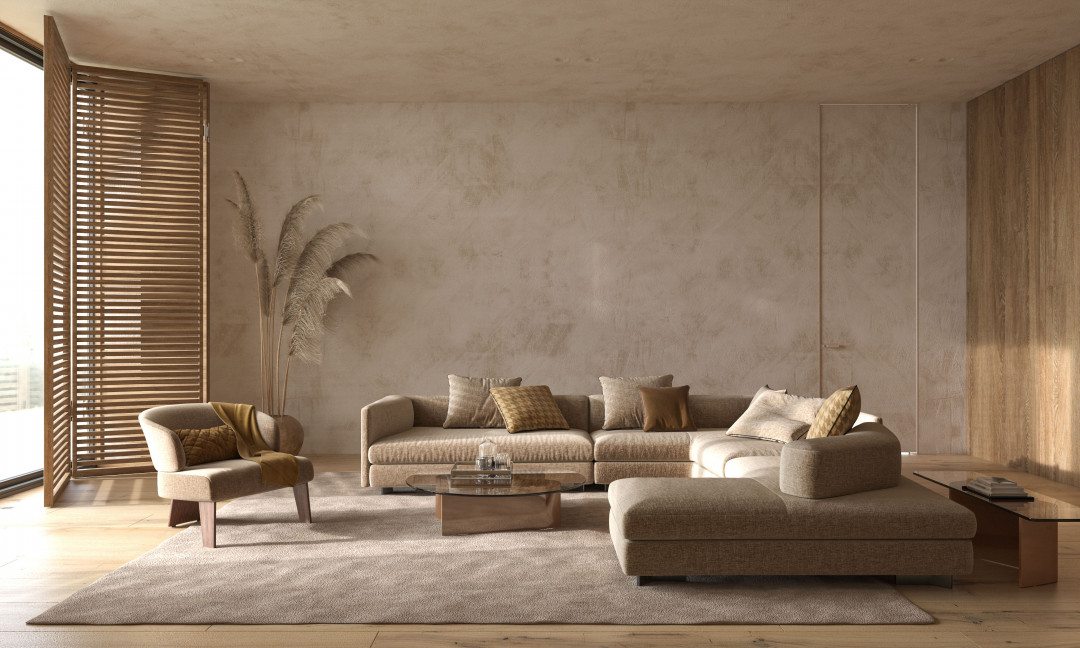
What are Japandi-style materials?
Japandi style materials are a harmonious blend of Japanese and Scandinavian design principles, highly admired in the contemporary world of interior design. These materials emphasise functionality and simplicity while retaining natural aesthetics and organic textures. Primarily focused on sustainable, eco-friendly choices, Japandi materials include warm woods like oak and ash, paired with natural fibers such as cotton, linen, bamboo, and rattan. Minimalistic patterns and restrained colour palettes add a sense of calmness and tranquillity, reminiscent of the Zen and hygge philosophies. The fusion of time-proven craftsmanship from Japan and clean lines of Scandinavian design, Japandi materials continue to captivate homeowners and interior enthusiasts, as they transform living spaces into elegant, yet cosy abodes.
What wood is used in Japandi?
Japandi, the harmonious fusion of Japanese and Scandinavian design aesthetics, is known for its emphasis on minimalism, functionality, and natural elements. In this design style, wood plays a significant role in creating warmth and relaxation amid an uncluttered space. A key wood choice for Japandi is the Japanese hinoki wood, which is famed for its sustainable cultivation and soothing aroma. Another commonly used wood is oak, recognised for its durability and clean lines, quintessential in Scandinavian and Japandi designs. Additionally, lighter wood types such as maple, pine, or beech help create a welcoming and cozy atmosphere while maintaining the graceful simplicity that defines the Japandi style. In essence, the thoughtful wood selection is vital to preserving the elegance and functionality that enthusiasts have come to expect from Japandi design.
What are the colours of the Japandi style?
The Japandi style is a captivating and pleasing fusion of Japanese and Scandinavian design principles, combining the elegance and minimalism of the East with the functionality and warmth of the Nordics. In this delightful interior design approach, you'll often find a soothing and sophisticated colour palette that features neutral and earthy tones, such as soft beige, warm greys, and muted whites. These colours are often punctuated with calming shades of blue or green, inspired by the natural world, to bring an additional layer of tranquillity and depth to any living space. The Japandi style once again proves that the art of blending cultural design concepts can offer a fresh, modern appeal while maintaining an atmosphere of serenity and balance in both personal and professional settings.
Taking these details into consideration when creating or planning an interior will inevitably result in a timeless masterpiece that reflects peacefulness, balance, and sustainability. It is clear why so many individuals are increasingly choosing to use the Japandi style for their environment’s decor.
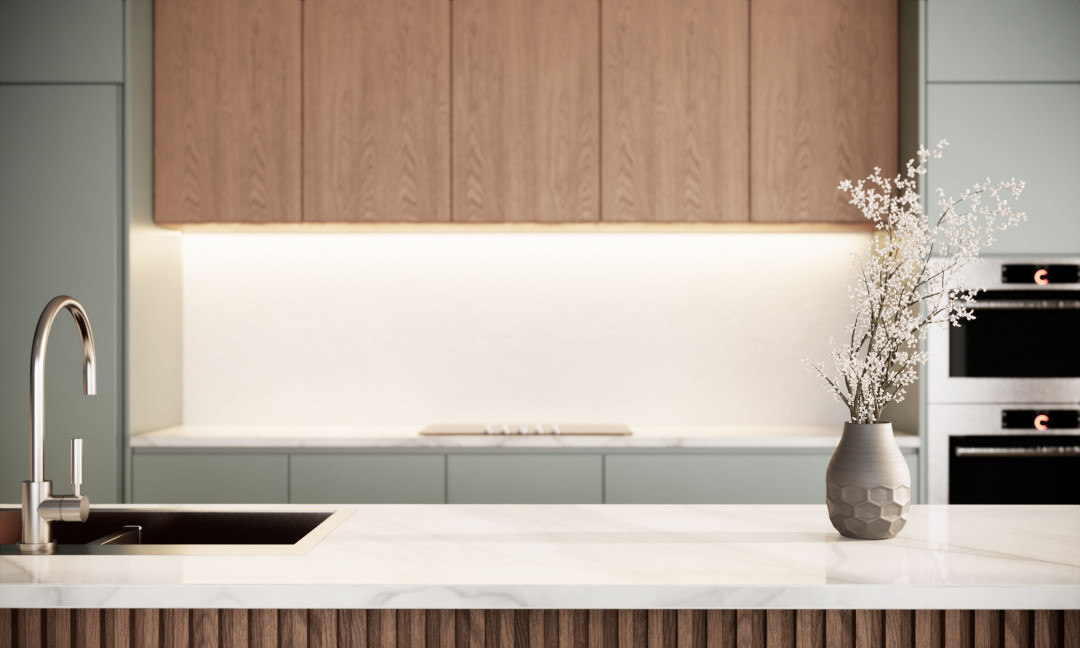




 Indonesia
Indonesia
 New Zealand
New Zealand
 Philippines
Philippines
 Hongkong
Hongkong
 Singapore
Singapore
 Malaysia
Malaysia


